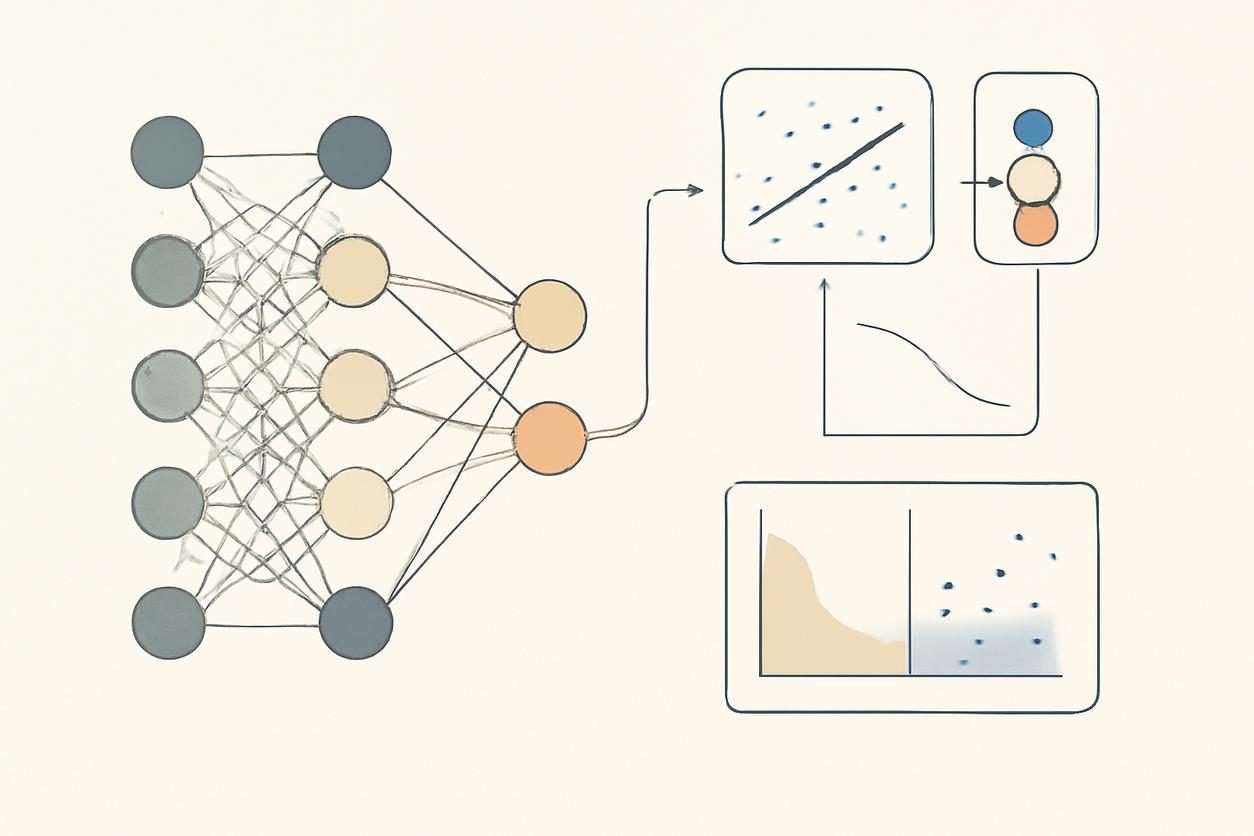Executive Summary
Artificial Intelligence (AI) promises transformative benefits for UK businesses. But before implementation, organisations must understand their true readiness. This whitepaper provides a comprehensive framework for AI readiness assessment, guiding UK businesses through self-assessment, maturity benchmarking, and strategic planning. With templates, practical tips, and references to UK government and industry resources, leaders can confidently map their AI journey.
1. Introduction
The UK is a global leader in AI innovation (UK National AI Strategy), but successful AI transformation depends on organisational maturity, cultural alignment, high-quality data, and robust governance. Jumping into AI projects without a clear readiness strategy risks wasted investment, ethical breaches, and project failure.
Key question:
“How can UK organisations objectively evaluate and prepare for AI transformation?”
2. What is AI Readiness?
AI readiness refers to an organisation’s capacity to successfully adopt, implement, and scale AI solutions. It covers:
- Strategic alignment
- Data and IT infrastructure
- Talent and skills
- Governance and ethical frameworks
- Change management readiness
3. Why Assess AI Readiness?
- Identify strengths and gaps: Avoid costly missteps by ensuring prerequisites for AI are in place.
- Prioritise investments: Focus resources on the biggest areas for impact.
- De-risk transformation: Improve regulatory compliance and ethics alignment.
- Benchmark progress: Track improvement over time or against competitors.
4. The AI Readiness Assessment Framework
A. Self-Assessment Template
A robust AI readiness assessment typically covers these five pillars:
| Pillar | Key Questions | Maturity Levels |
| Strategy | Is there an AI vision? C-suite buy-in? | Ad hoc, Managed, Optimised |
| Data | Is data accessible, relevant, high-quality, and compliant? | Siloed, Standardised, AI-ready |
| Technology | Are current systems scalable, interoperable, and secure? | Legacy, Modernising, Cloud-native |
| People & Skills | Do staff have AI/data skills? Is there a plan for upskilling? | Lacking, Growing, Expert |
| Governance | Are there policies for risk, ethics, legal compliance, data protection? | Reactive, Proactive, Best-practice |
Download a detailed AI readiness self-assessment template (Turing Institute).
B. Maturity Levels
- Ad hoc: No formal strategy or investment; isolated pilot projects
- Emerging: AI projects exist, but limited alignment or scalability
- Operational: AI is part of routine tech stack; clear governance
- Transformational: AI embedded in core strategy, disrupting business models
5. How to Conduct an AI Readiness Assessment
Step 1: Stakeholder Engagement
- Bring together IT, data, HR, compliance, and business functions.
- Secure leadership sponsorship.
Step 2: Use Structured Tools
Reference reputable UK or sector-based maturity models:
- The Alan Turing Institute – AI Readiness
- AI Maturity Model by Deloitte
- UK Government Data Ethics Framework
Step 3: Identify Gaps After the Assessment
- Compare current state to objective best practices.
- Prioritise “quick win” improvements.
Step 4: Set a Roadmap for Change
- Define clear objectives and KPIs.
- Create action plans for each pillar.
- Schedule periodic re-assessments.
6. Benchmarking Against Peers
Industry Benchmark Resources
- PwC AI Readiness Index
- TechUK Sizing the AI Opportunity
Compare your score with sector or regional averages to set realistic goals.
7. Case Studies: AI Readiness in Practice
Financial Services: Lloyds Banking Group
Lloyds conducted a multi-stage readiness assessment, focusing on data quality, staff upskilling, and robust governance. The outcome was a phased deployment of AI for fraud detection, with strong business and regulatory results (Lloyds AI transformation story).
Public Sector: Greater Manchester Combined Authority
GMCA undertook a digital health AI readiness assessment, identifying skills and data governance as gaps and forming targeted partnerships with local universities (GMCA digital strategy).
8. Actionable Tips and Tools
- Conduct regular skills audits (Skills Framework for the Information Age)
- Use UK government assessment checklists (AI procurement guidelines)
- Combine qualitative and quantitative inputs: Workshops, surveys, technical audits.
- Invest in change management: Communicate benefits, manage risk, and support staff through transitions.
9. Common Challenges & Solutions
| Challenge | Solution |
| Lack of executive buy-in | Run workshops; present ROI; highlight industry case studies |
| Siloed data | Launch data integration/cleansing as a quick win |
| Legacy IT infrastructure | Audit and prioritise critical upgrades or cloud adoption |
| Skills gap | Leverage training, apprenticeships, and partnerships |
| Unclear governance | Appoint data/AI ethics leads and use frameworks above |
10. Further Resources
- Alan Turing Institute: AI Readiness
- UK National AI Strategy
- Deloitte AI Maturity Model
- PwC AI Readiness Index
- Greater Manchester Digital Strategy









